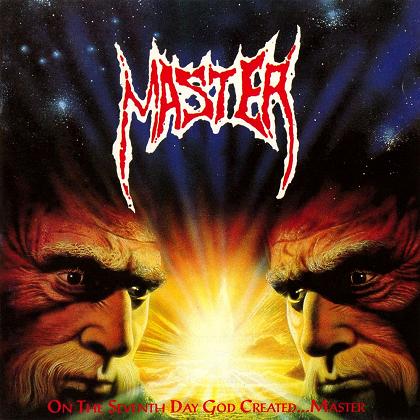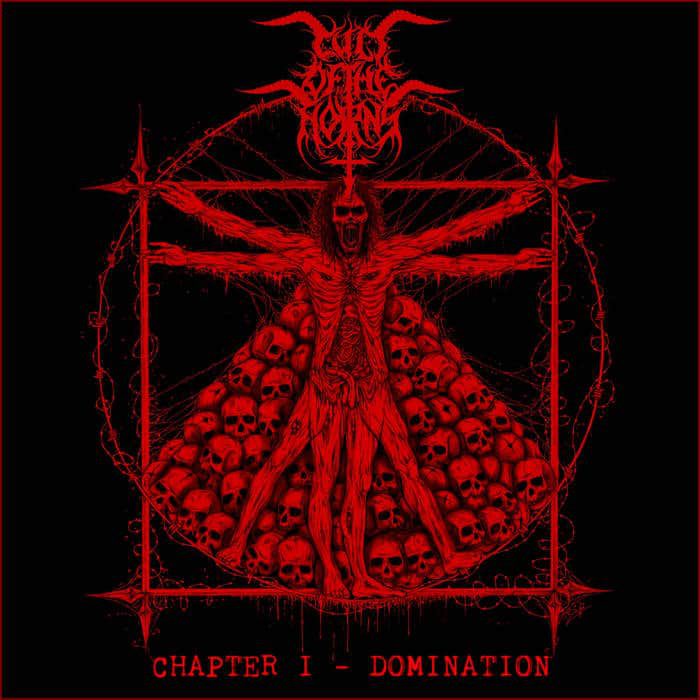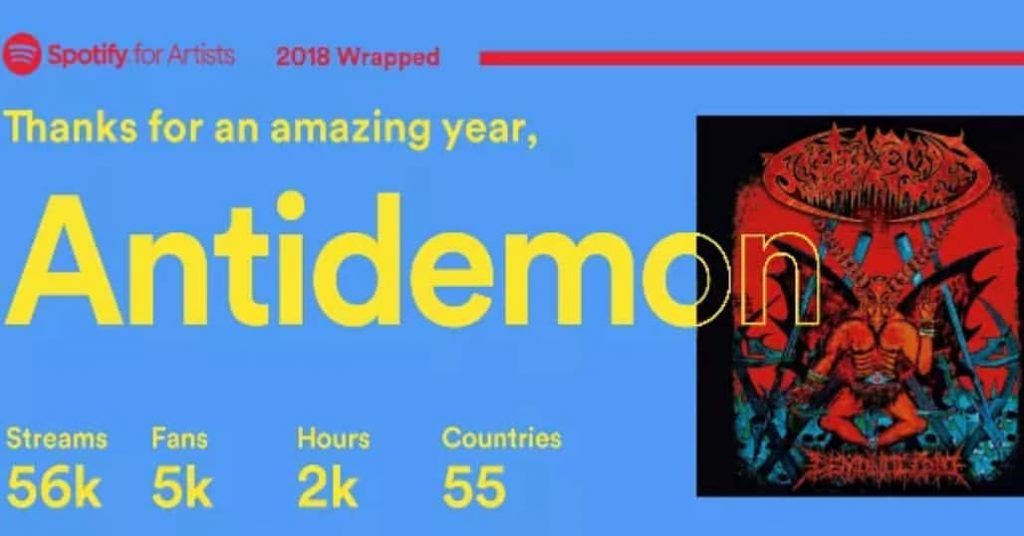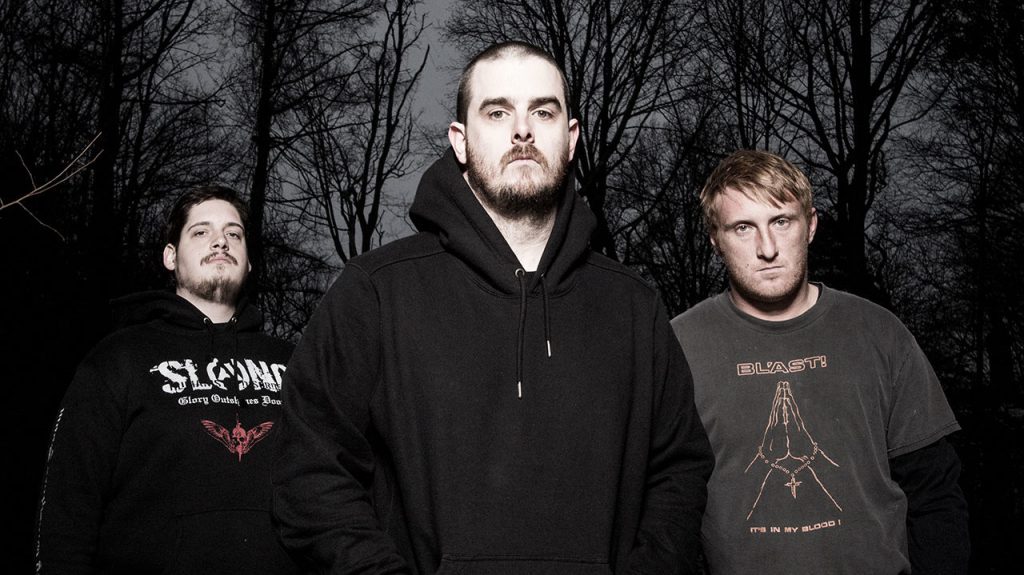
A storm is brewing against the BlastBeat Network and its founder, Ben Umanov of MetalSucks. While the tabloids of MetalSucks and Metal Injection have long lost journalistic credibility and have become known as little more than an obnoxious joke, they’ve in recent months made a reckless overreach that has sparked a number of vicious uprisings against them. In threatening Behemoth front man Nergal, they provoked a pre-emptive strike that saw legions of Behemoth fans come against them (in a rare move, they refrained from publishing the story). Their direct involvement de-platforming of Elegy Records and other labels has turned Elegy into a martyr and free speech icon, featured in Breitbart News and drawing the ire of many on the radical right. And now they find themselves again on the receiving end of a brutal savaging, this time from a very well known name in hard/grindcore – Todd Jones, who has performed in Nails, Terror, and the outstanding Boston-style hardcore band Knife Fight.
(more…)
12 CommentsTags: advertisor boycott, behemoth, ben umanov, blastbeat network, elegy records, Knife Fight, Metal Blade, MetalSucks, nergal, nuclear blast, Rivers of Nihil, Terror, todd jones
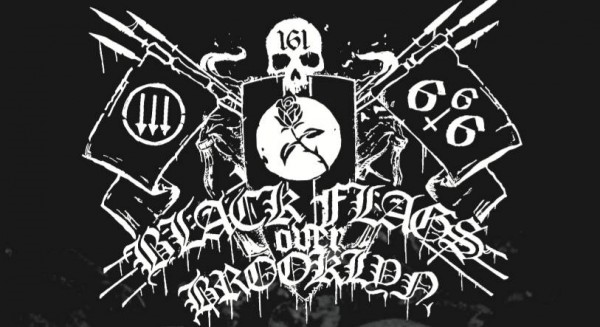 A pro-communist festival took place in Brooklyn this past weekend as part of what appears to be a radical effort to indoctrinate heavy metal fans into an extremist political agenda.
A pro-communist festival took place in Brooklyn this past weekend as part of what appears to be a radical effort to indoctrinate heavy metal fans into an extremist political agenda.